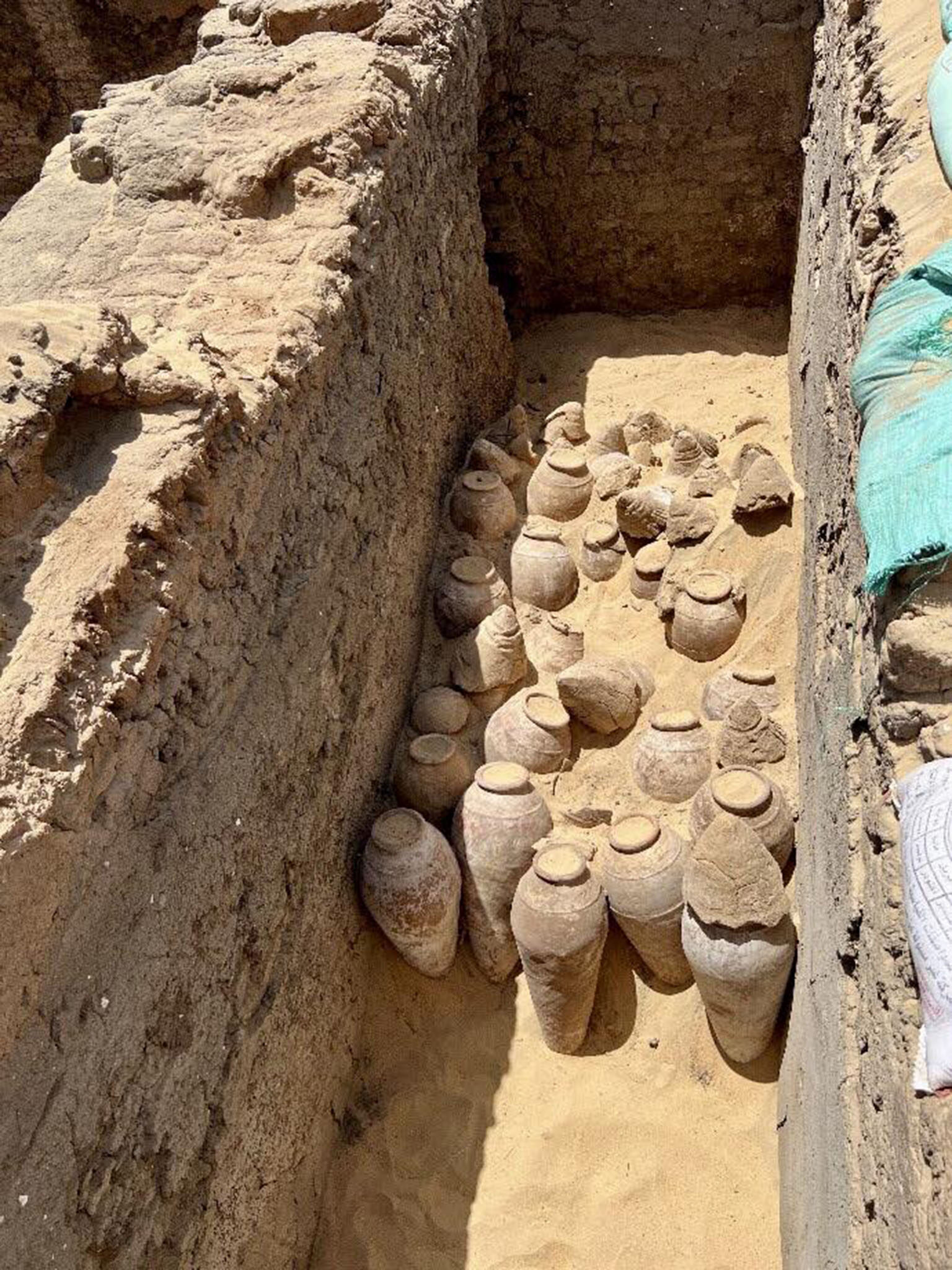Report by Drishti Baheti
An expedition team consisting of German and Egyptian archaeologists unearthed a trove of hundreds of well-preserved wine jars in the tomb of Merit Eith, an ancient Egyptian noblewoman.
WHO WAS MERIT EITH?
Merit Eith was a consort and a regent (Regent-A person who is put to govern the state as the monarch is minor, absent, incapacitated or is not able to handle the duties of a monarchy) of the First Dynasty of ancient Egypt. She might have been the ruler of Egypt in her own right. She would have also been the first female pharaoh and female regent who was recorded in history. She ruled Egypt around 2950 BC. She is also related to kings Djer, Djet, and Den.
THE TOMB OF MERIT EITH

The tomb is located on the west bank of the Nile near Luxor. It was originally discovered in 1922. However, the recent excavation efforts have shown the true extent of its wealth. Archaeologists delicately unearthed and documented the contents of the tomb, unveiling a staggering number of wine jars adorned with intricate hieroglyphics and vivid illustrations, each telling a story of its own.
What are hieroglyphics?
Egyptian hieroglyphs were the formal writing system used in Ancient Egypt for writing the Egyptian language. Hieroglyphs combined logographic, syllabic and alphabetic elements, with almost 1,000 distinct characters.
Wine held immense cultural and religious significance in ancient Egypt. It was not merely a beverage but a symbol of life, pleasure, and celebration. The intricate inscriptions on the jars offer glimpses into the winemaking techniques, grape varieties, and even the vintage years, providing archaeologists with valuable information about ancient Egyptian viticulture.
The intricate artistry and symbolism on the jars provide clues about the beliefs and customs of the elite class during Merit Eith’s era.
Image Credit: Egyptian Ministry of Tourism and Artefacts

